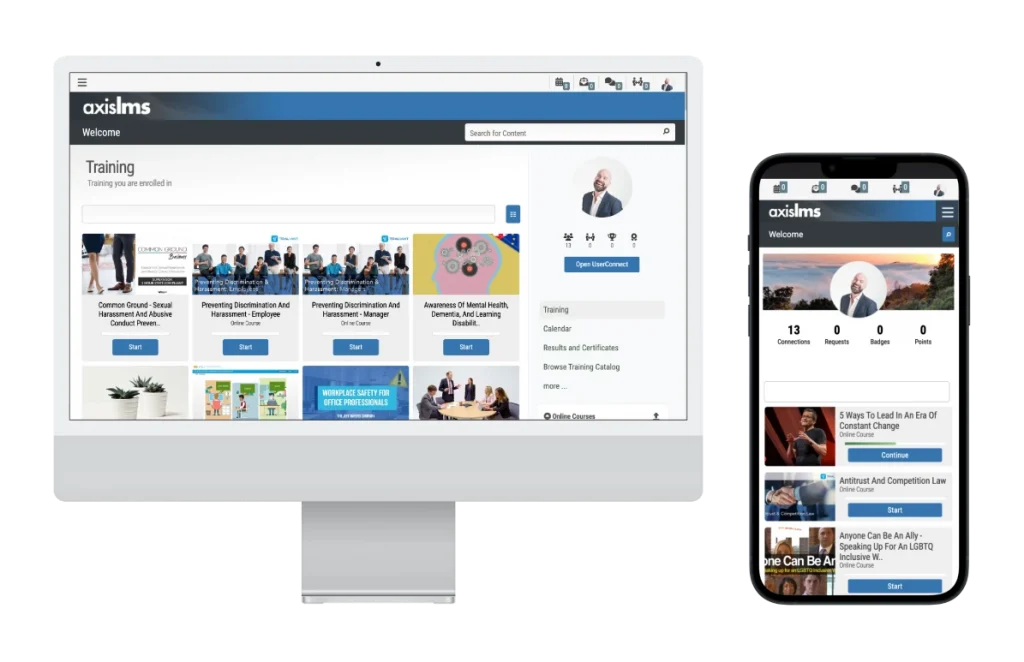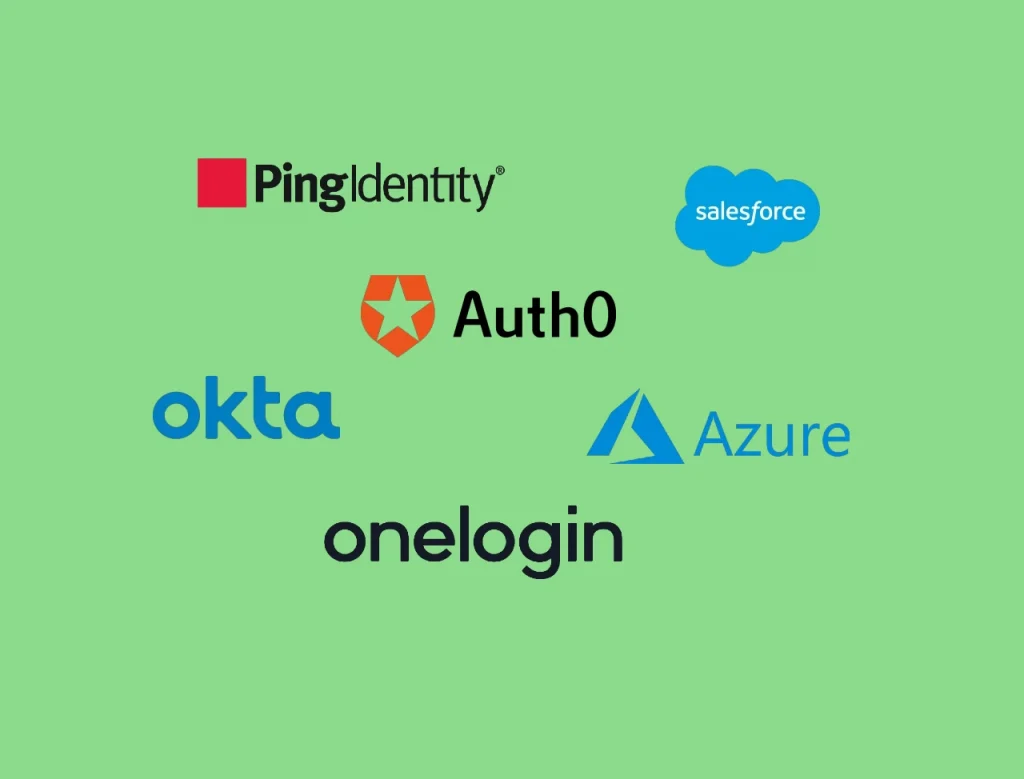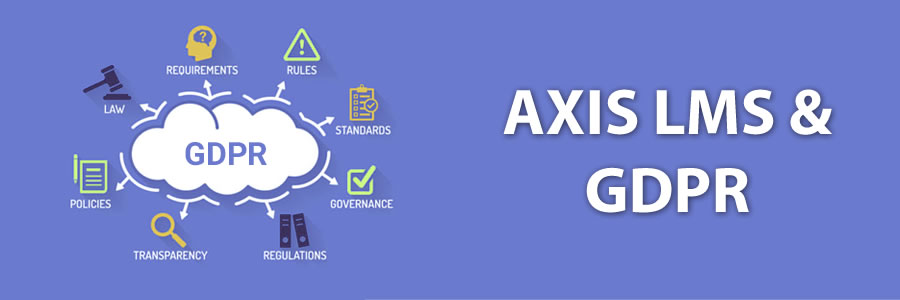In today’s competitive digital learning landscape, gamification engines in LMS platforms have become indispensable for organizations striving to boost learner engagement, retention, and performance. These engines are not mere add-ons but critical elements that drive motivation, personalize learning, and align training with organizational goals. As corporations increasingly invest in employee training systems, understanding what to look for in a gamification-ready LMS is vital.
This guide is tailored specifically for corporate decision-makers and IT leaders tasked with selecting or upgrading their corporate LMS systems. It offers a thorough evaluation framework for choosing the right gamification engine based on enterprise-grade criteria, such as interoperability, data reporting, backend flexibility, and user experience.
Understanding Gamification Engines in LMS Platforms
A gamification engine is the core module in an LMS that integrates game mechanics—points, levels, badges, leaderboards—into learning workflows. In modern employee training systems, these engines play a pivotal role in creating dynamic, motivating environments that mimic gaming experiences to drive user engagement.

Unlike static training content, gamified LMS platforms introduce a reward system and real-time feedback loops that cater to intrinsic and extrinsic motivational triggers. These features have been shown to dramatically enhance knowledge retention and learner satisfaction, which is why many organizations now prioritize integrating such features into their corporate LMS systems to stay competitive in talent development.
Key Features of Enterprise-Grade Gamification Engines
When evaluating gamification engines in LMS platforms, corporate LMS buyers must consider the following technical and operational features:
1. SCORM Compatibility and Interoperability
A gamification engine must support eLearning standards like SCORM, ensuring content reusability and detailed tracking of user behavior across different platforms.
Why It Matters: Compatibility ensures seamless integration with third-party content providers, mobile apps, and internal systems, which is critical for enterprise-wide employee training systems requiring consistent performance tracking and cross-platform scalability.
2. Backend Customization and Rule-Based Mechanics
A robust gamification engine should allow administrators to define complex game mechanics—trigger events, point assignments, level thresholds, challenge types—without requiring deep coding knowledge.
Use Case: A sales training module could assign XP points when a learner completes a quiz, unlocking the next tier with scenario-based challenges.
3. Real-Time Reporting Dashboards
Advanced analytics dashboards enable admins and team leads to track learner progress, engagement scores, and content completion rates through real-time visualizations.
Benefits: Facilitates performance-based feedback, agile learning strategy adjustments, and ROI measurement.
Evaluating the Learner Experience Through an LMS
When implementing gamification in an LMS, the learner experience is paramount. A well-designed gamification engine not only drives engagement but also ensures that users find the platform intuitive, enjoyable, and aligned with their learning needs.
Two major elements to assess are the user interface and mobile optimization, as well as the system’s ability to personalize learning pathways.
1. User Interface (UI) and Mobile Optimization
Today’s workforce expects digital platforms to mirror the ease of use and visual appeal of the apps they use daily. This is particularly true for gamified learning experiences, where poor design or limited mobile access can disengage learners quickly.

A robust gamification engine should offer:
- A clean, responsive UI: Navigation should be intuitive, visually consistent, and streamlined for users of all technical backgrounds.
- Mobile responsiveness: As mobile learning becomes standard, features like point trackers, progress bars, leaderboards, and rewards should be fully visible and functional on smartphones and tablets.
- Visual gamification elements: Badges, avatars, animations, and progress meters must be smoothly integrated into both desktop and mobile layouts.
Checklist for Buyers:
- Are leaderboards and achievement badges visible and functional across mobile devices?
- Does the UI support social learning features like commenting, peer progress visibility, and team-based achievements?
- Can learners access their entire training journey—including gamified challenges—without needing to switch devices?
A user-centric interface encourages frequent logins, exploration, and continued participation—key drivers for learning success.
2. Personalization Algorithms
Every learner has unique goals, skill levels, and learning styles. A powerful gamification engine must be intelligent enough to adapt to these variables in real time. This is where AI-driven personalization makes a significant impact.
Gamification engines equipped with adaptive learning algorithms can:
- Adjust challenge levels based on prior performance, ensuring that learners aren’t bored by tasks that are too easy or overwhelmed by those that are too difficult.
- Curate content recommendations aligned with a learner’s job role, skill gaps, or recent activity.
- Deliver contextual nudges such as reminders, motivational messages, or bonus challenges when engagement begins to drop.
Example Use Case: An operations manager who struggles with compliance modules may be shown micro-quizzes or flashcards tailored to past mistakes, while a top-performing sales associate may receive access to advanced negotiation simulations as a reward for completing earlier challenges.
Integration with Enterprise
One of the critical factors corporate LMS buyers must evaluate is how well a gamification engine integrates with existing enterprise systems. Seamless integration ensures that training does not operate in isolation but is aligned with business operations, employee data, and performance metrics.
Here are two essential areas of integration to consider:
1. Single Sign-On (SSO)
Enterprise-grade LMS platforms should support Single Sign-On (SSO) via providers like Azure AD, Okta, or Google Workspace. This enables employees to log in using existing corporate credentials, simplifying access and improving security.

Ensuring user roles and departments are automatically updated is also important for training assignment. This automation is especially valuable for large organizations with frequent role changes, ensuring employees are placed in the correct learning paths and gamification challenges with minimal admin input.
2. ERP and CRM Compatibility
A strong gamification engine should align with real business outcomes by integrating with ERP and CRM systems. For example, syncing with Salesforce or HubSpot can trigger learning challenges based on sales goals, client feedback, or KPIs.
This ensures that gamified training is not just engaging but also relevant, reinforcing behaviors that directly support business performance. Whether it’s rewarding customer service reps for high CSAT scores or sales teams for hitting targets, these integrations tie learning progress to real-world impact.
Compliance, Security, and Scalability
When evaluating gamification engines in LMS platforms, corporate buyers must consider more than just user engagement features. Enterprise-grade systems must also meet high standards of security, regulatory compliance, and global scalability, especially for large organizations operating across regions and jurisdictions.
Here are three key considerations:
1. Role-Based Access Controls (RBAC)
Role-Based Access Controls (RBAC) are essential for managing who can see, use, and modify gamification features based on organizational hierarchy. In a corporate LMS environment, RBAC ensures that learners, instructors, administrators, and department heads are granted permissions aligned with their roles.
For instance, while learners should only access their own progress and badges, admins may need oversight into team leaderboards, badge creation tools, or performance analytics. RBAC also helps prevent gamification manipulation, such as unauthorized awarding of points or badges — by limiting critical actions to authorized personnel only. This is especially important in compliance-driven industries, where data integrity and training audits are frequent.
2. Data Encryption and Privacy Controls
With increasing concerns around digital privacy, especially in employee training systems, it’s non-negotiable that gamification engines comply with internationally recognized standards such as GDPR (General Data Protection Regulation), SOC 2 (System and Organization Controls), and HIPAA (Health Insurance Portability and Accountability Act) where applicable.

This means that all learner data including performance metrics, behavior tracking, and engagement logs must be encrypted both in transit and at rest. Moreover, LMS platforms must offer privacy control settings such as user consent forms, audit trails, and data retention policies. These safeguards ensure that personal and professional data collected through gamified modules are secure, accountable, and ethically managed.
3. Scalability for Distributed Workforces
In today’s globalized corporate environments, training systems must cater to distributed teams across regions, languages, and bandwidth conditions. A gamification engine designed solely for centralized headquarters might fall short when deployed across geographically diverse branches or franchises.
Scalable gamification engines offer multitenant architecture, enabling centralized control with decentralized execution — ideal for organizations with regional offices or franchise models. They also support localization features, including language translation, time zone adjustments, and culturally relevant content. For example, a gamified learning path used in the U.S. might need visual or linguistic tweaks when implemented in Southeast Asia.
Why It Matters: Without scalable infrastructure, learners in regional or franchise locations may experience lags, UX inconsistencies, or regulatory incompatibilities. Such breakdowns can erode engagement and compromise compliance, defeating the purpose of gamification entirely.
Common Pitfalls and How to Avoid Them
1. Over-Gamification
While gamification is meant to drive engagement, an over-reliance on superficial rewards like excessive points, badges, or leaderboard placements can actually dilute the educational value of the training content. Learners may start focusing more on racking up points than on absorbing the information or developing practical skills.
A well-designed gamification engine should allow fine-tuning of game mechanics, such as reward frequency, scoring logic, and achievement criteria. This flexibility enables administrators to balance motivation with meaningful learning outcomes. Organizations should also conduct A/B testing or pilot rollouts to identify the right reward thresholds that encourage progress without promoting shortcuts or disengagement.
2. Lack of Alignment with Learning Objectives
Gamification must be tied directly to the core learning goals of the organization. When gamified elements are used as mere distractions or gimmicks, they risk undermining the seriousness of the training program and confusing learners about the purpose of the content.
For example, awarding points for completing a module without assessing comprehension could result in learners skipping through material just to “win.” A well-integrated gamification strategy connects every reward and challenge to a specific learning milestone or performance indicator. Corporate LMS buyers should ensure the engine supports this level of mapping, so the gamification layer enhances but does not replace the educational framework.
3. Ignoring Feedback Loops
Immediate, actionable feedback is a cornerstone of effective gamified learning. If users complete a challenge or quiz and receive no response (no score update, explanation, or encouragement) they may feel confused or unmotivated. This is particularly detrimental in employee training systems, where the goal is often behavioral improvement or skill acquisition.
A strong gamification engine should support real-time feedback mechanisms, such as pop-up explanations, success/failure messages, and progress tracking. It should also allow feedback customization based on user actions and performance levels. Organizations must prioritize systems that enable fast iteration of content and feedback design to maintain user engagement and learning efficacy.
Use Case: How Gamification Boosts Employee Engagement
Consider a multinational retail chain implementing an LMS for franchises to ensure consistent training standards across hundreds of regional locations. With a diverse workforce and varying operational requirements, the organization turns to a robust gamification engine to elevate training participation and engagement.
Here’s how gamification enhances different aspects of learning across the franchise network:
- Store Managers and Compliance Training
Store managers are awarded digital badges upon completing mandatory compliance training modules. These badges serve as visible markers of progress, motivating managers to stay up to date with evolving regulations. Additionally, when integrated with internal performance systems, these badges can contribute to recognition programs or advancement pathways, making training both purposeful and rewarding. - Sales Staff and Skill Simulations
Frontline sales employees engage in interactive customer service simulations. As they progress through scenarios that mirror real-life challenges, they earn experience points (XP). These XP milestones unlock new modules, scenario variations, or even tangible internal benefits like flexible scheduling or bonus opportunities. The game-like progression maintains interest and encourages ongoing learning. - Leaderboards and Regional Competition
A cross-location leaderboard system ranks employees based on performance metrics such as training completion rates, quiz scores, and engagement levels. This sparks friendly regional competition, boosting motivation without relying on top-down enforcement. Franchises compete to outperform each other, creating a culture of excellence and shared learning achievements.
By strategically applying gamification across various employee roles, the retail chain not only improves training participation but also drives behavioral changes that contribute to overall business performance.
Discover more strategies and data-driven insights in our full feature: How Learning Management System Gamification Boosts Employee Engagement — a must-read for corporate L&D leaders.
Conclusion: Choosing the Right Gamification Engine
A gamification-ready LMS goes far beyond flashy dashboards and surface-level features. It must be built on a foundation of solid technical architecture, offering seamless integration with existing enterprise systems and the flexibility to adapt to evolving organizational needs. Long-term scalability and user-centric design are non-negotiable components of an effective solution.
When selecting such a platform, corporate buyers should prioritize several key features. These include SCORM compatibility to ensure content interoperability, real-time reporting and analytics for actionable insights, and backend rule customization to tailor gamification mechanics to specific learning goals. Additionally, secure and scalable deployment options are crucial to accommodate distributed teams and meet compliance requirements.
By carefully evaluating these criteria, organizations can implement an LMS gamification strategy that delivers meaningful learner engagement, measurable knowledge retention, and long-term business success.